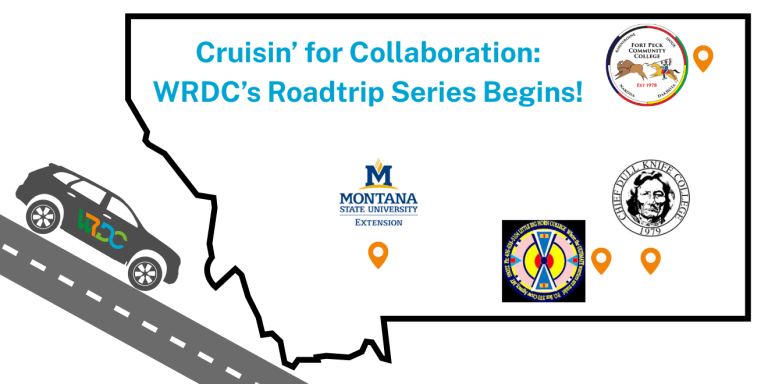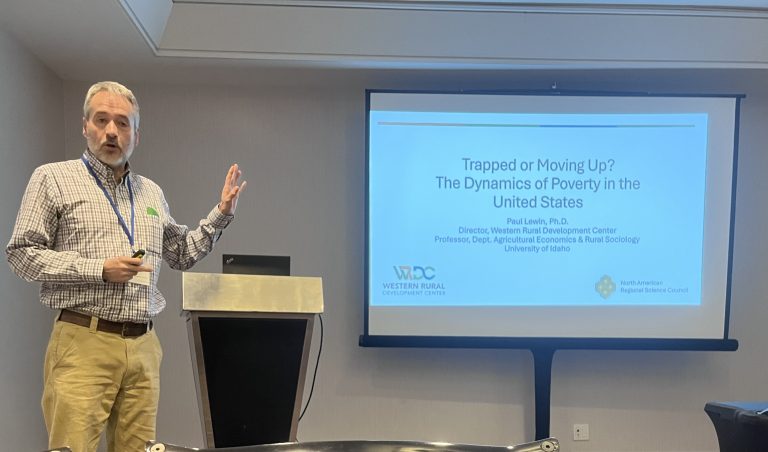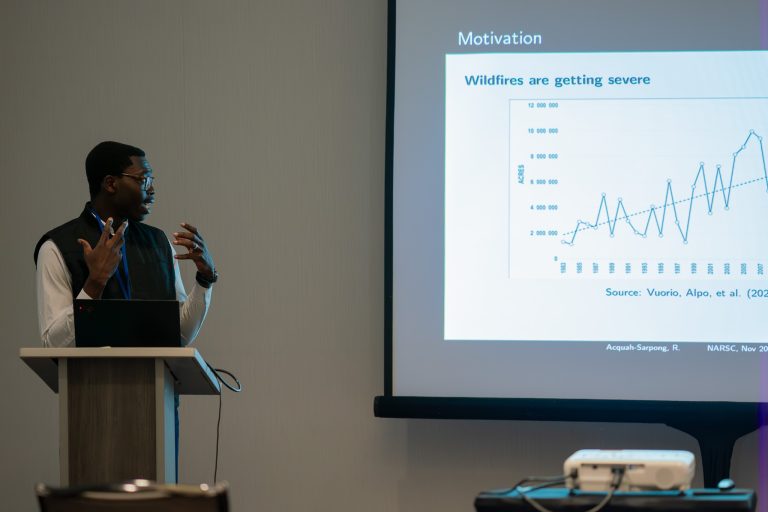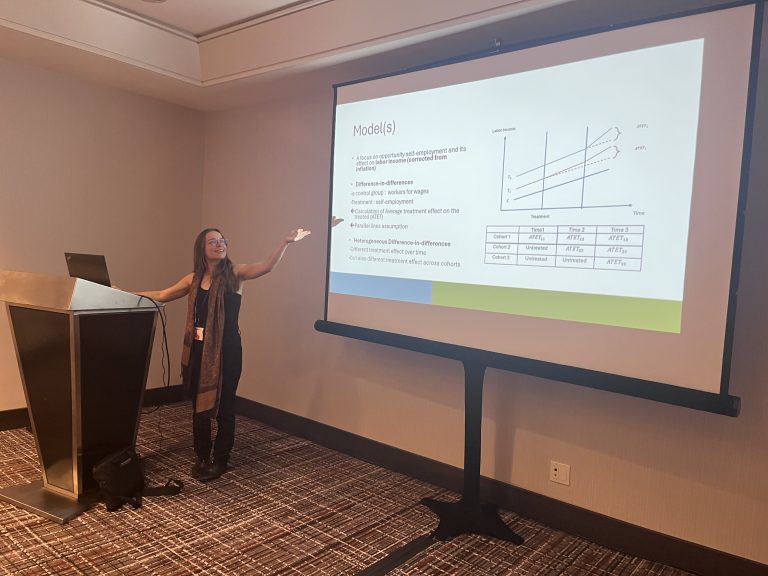Spotlight on AREAS: Mapping What Helps Rural Students Thrive
What helps rural students not just get to college—but succeed there and beyond? That’s the driving question behind the Assessing Rural Education Assets and Strengths (AREAS) project, led by Dr. Krista Soria from the University of Idaho’s College of Education, Health, and Human Sciences in partnership with the WRDC. Supported by Ascendium Education Group and the American Institutes for Research (AIR), AREAS explores how institutional programs and practices shape the academic, personal, and professional outcomes of low-income rural college students nationwide.
The project introduces a new way of understanding rural student success as an ecosystem of experiences and supports. Students’ backgrounds form the soil for growth; college initiatives like mentorship act as nutrients; and deep community ties serve as roots that sustain a sense of place and purpose. Together, these elements reveal how rural students’ strengths, such as cultural wealth and resilience, interact with barriers such as financial hardship and insecurity of basic needs.
So far, the team has gathered responses from more than 9,000 students at 1,200+ colleges and universities, uncovering key insights: rural learners are more likely to be first-generation, older, or parenting; face greater financial and basic needs challenges; and have less access to paid internships and career services. These findings are helping educators and policymakers design programs that foster belonging, well-being, and workforce readiness among rural students.
By highlighting both the assets and obstacles shaping rural college life, AREAS is charting new pathways for equity and opportunity in higher education.

Digging Deeper: What the Data Reveal
The AREAS project’s nationwide survey, one of the largest of its kind, offers an unprecedented look into the experiences of rural college students. Drawing on responses from more than 9,000 students at 1,200+ two- and four-year institutions, the findings highlight both the unique strengths and systemic challenges shaping rural higher education today.
Beyond the Numbers
Rural students often bring remarkable resilience, strong community ties, and deep motivation to their studies. Yet, the data show they also face persistent barriers. Compared to their urban and suburban peers, rural students are:
- More likely to be older, married or parenting, or have earned a GED.
- More likely to be first-generation and less likely to receive parental financial support.
- More vulnerable to basic needs insecurity, with about one in five reporting low or very low food security.
- Less likely to access paid internships, limiting their ability to build career experience.
- Less likely to use career services, signaling a need for stronger outreach efforts.
These findings underscore how financial, social, and geographic barriers intersect to shape educational pathways.

Understanding the Rural Experience
AREAS researchers also examined the psychosocial dimensions of college life for rural students. Early results indicate that students from rural communities, or those attending rural-serving institutions, report higher levels of loneliness, depression, and anxiety, along with lower feelings of belonging.
These emotional and social challenges often intersect with the economic ones, amplifying stress and influencing academic persistence. Yet the research also shows how a strong sense of rural identity and attachment can be a powerful source of motivation, especially for students who hope to give back to their home communities.
The Rural Brain Drain and Beyond
One of the most compelling threads in the AREAS study is its exploration of the so-called “rural brain drain”, the migration of college graduates from rural to urban areas. The data suggest that many students with strong rural identities want to return home after graduation but encounter limited career pathways aligned with their education.
Conversely, students who gain paid work experience related to their academic interests tend to report higher satisfaction and readiness for the workforce. Those in unrelated jobs, however, often express frustration and uncertainty about their career direction. These insights highlight the crucial role of career services, internships, and employer partnerships in connecting students to meaningful work, particularly in rural settings.
Informing Policy and Practice
The implications of AREAS extend well beyond research. By identifying how institutional programs and community factors interact to support or hinder rural students, the project provides actionable guidance for educators, advisors, and policymakers.
Key takeaways include the need to:
- Expand access to paid internships and mentorship programs that build professional capital.
- Strengthen career services outreach to first-generation and rural students.
- Address basic needs insecurity through institutional and policy-level interventions.
- Integrate place-based approaches that recognize rural identity as an asset, not a barrier.
Looking Ahead
As analysis continues, the AREAS team is developing new publications and tools to help institutions translate findings into practice. Their ultimate goal: to ensure that rural students have equitable opportunities to succeed, academically, personally, and professionally, while staying connected to the communities that shaped them.
Learn more about the AREAS project and upcoming research.






